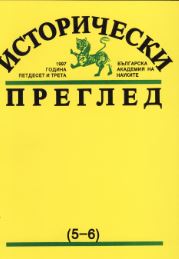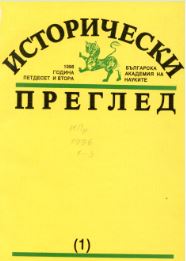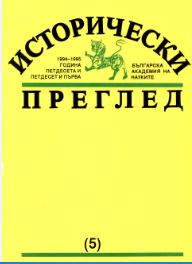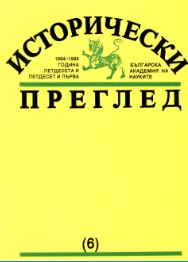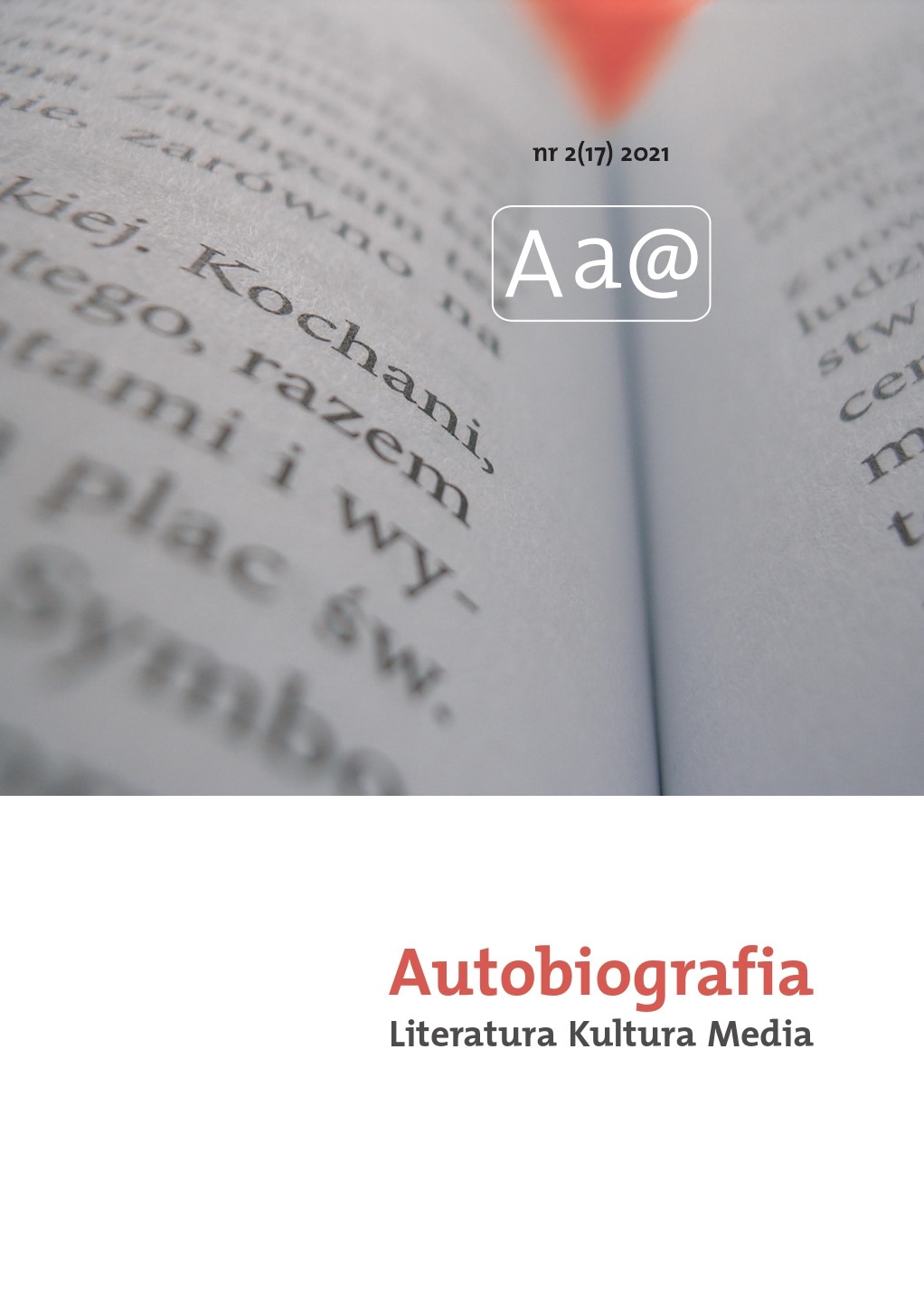
We kindly inform you that, as long as the subject affiliation of our 300.000+ articles is in progress, you might get unsufficient or no results on your third level or second level search. In this case, please broaden your search criteria.


The article refers to a collection of handbooks and guides for creative writing – both written by Polish authors and available in translations from English. The author reflects on the publishing conditions and the practices of publishers. In the main part of the article, he tries to reconstruct the figure of an advisor (instructor) in matters of creative writing. It presents the most common author’s strategies, and also reports on the circumstances in which the guidebooks were created.
More...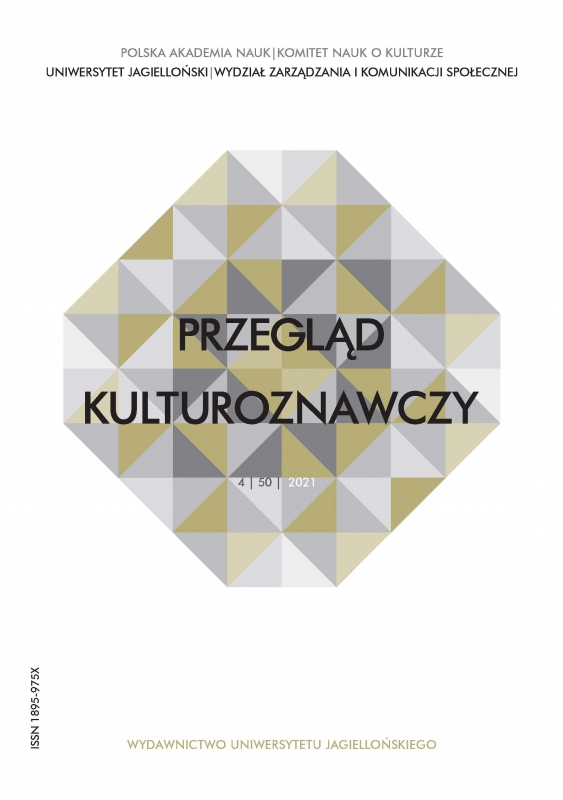
In 2020, the publishing house of the Museum “Upper Silesian Ethnographic Park in Chorzów” published a book presenting the results of several years of work on pipe production in the village of Zborowskie, in the Lubliniec County. A starting point for the conducted studies were archeological excavations in the neighborhood of a historic building, which is considered to be a relic of a former pipe factory. The discussed publication is a collection of texts prepared in Polish, with short summa-ries in English The interdisciplinary nature of the studies makes the book go beyond the scope of a typical monograph of a site or object. Materials presented in it and a rich compilation of the cited literature may also be¬come a reference point for further studies on the issue of pipe production and distribution in this part of Europe, as well as a valuable source of information for researchers and enthusiasts of local history.
More...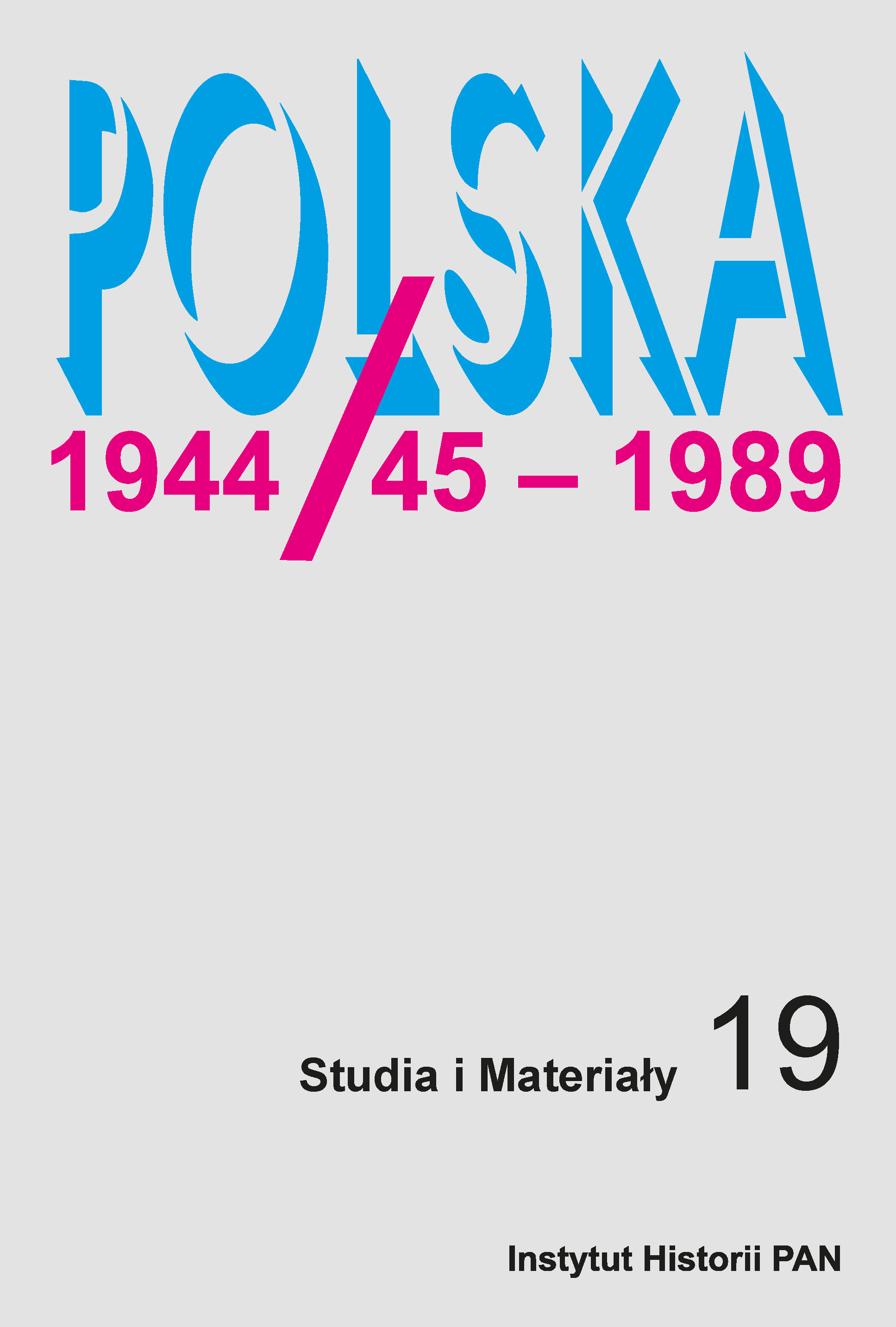
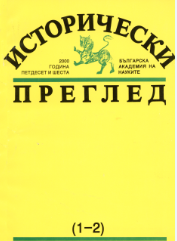
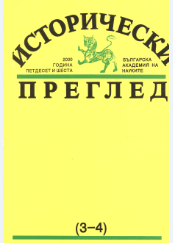
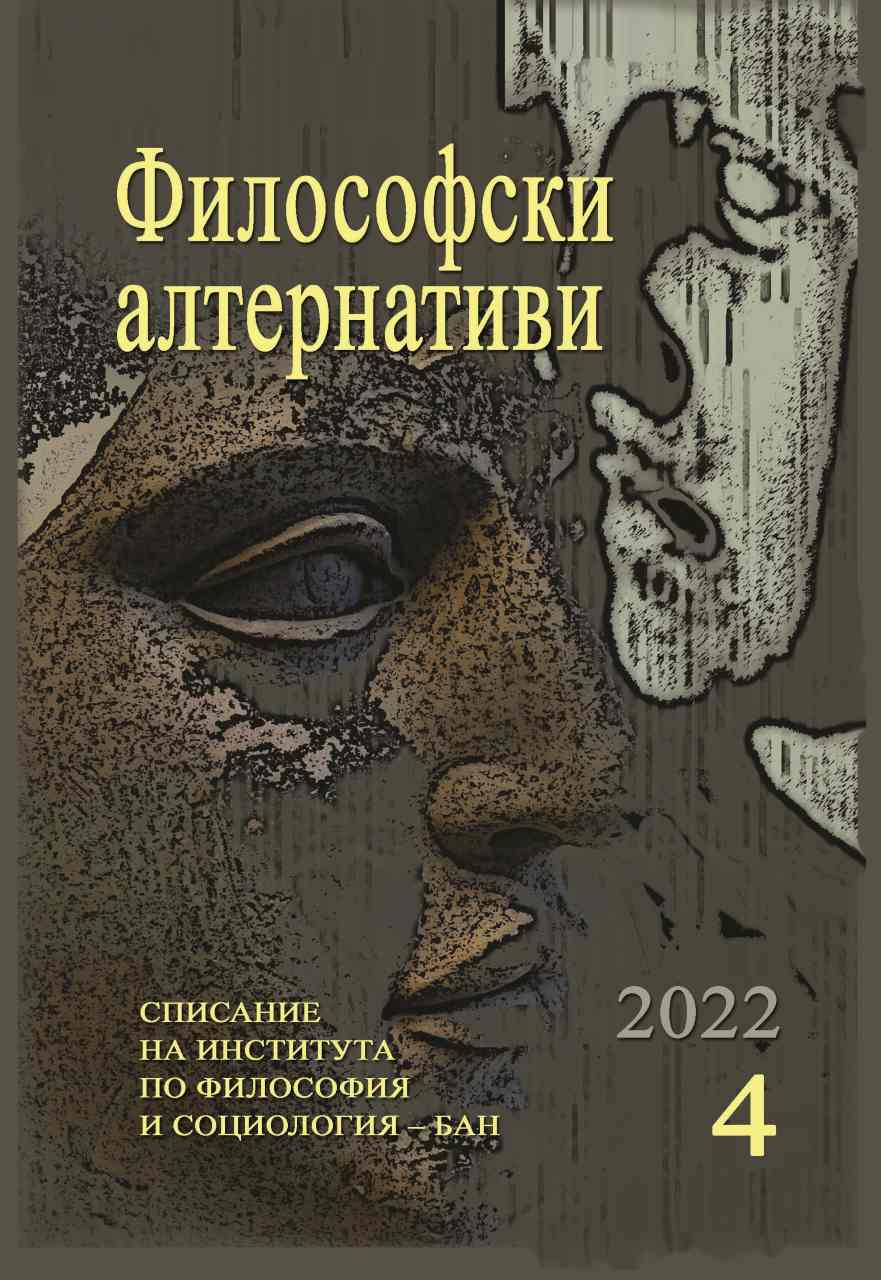
![Gyula Kristo. Die Arpadendinastie. Die Geschichte Ungarns von 895 bis 1301. Budapest. Corvina, 1993. 312 S. [Дюла Кришто. Арпадската династия. Историята нa Унгария от 895 до 1301 г. Будапеща, Корвина, 1993. 312 с.]](/api/image/getissuecoverimage?id=picture_1999_68691.JPG)
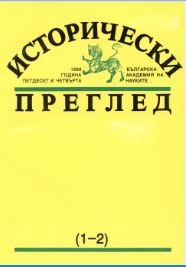
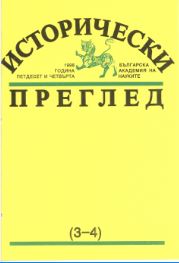
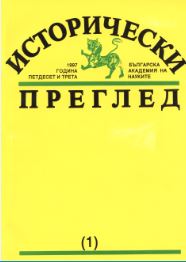

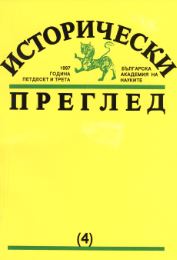
The article is dedicated to the questions of the emergence and starting years of the present Institute of History of the Bulgarian Academy of Sciences. It is divided into several parts: brief introductory words, a short survey of the development of the Bulgarian Academy of Sciences from 1911 to 1947, respectively to 1949 when appeared and was established the Institute proper, called then Institute for Bulgarian History at the Bulgarian Academy of Sciences, the solving of its main tasks during that period: the formation of groups of translators of the Greek and Latin sources, the writing of the first comprehensive two-volume “History of Bulgaria”, the formation of the first periodical publications of the Institute and the establishment of its initial international links. The principal conclusion of the author about the development of all these themes sound most topical. It is proved above all that in point of fact the transformation of the Academy after the Second World War from a closed organization into a broad system of scientific units and consequently the establishment of the Institute of History were not only imposed by the activities of the Bulgarian Academy of Sciences and of the expansion of its fundamental tasks. This called for a bigger team of scholars not only with high academic degrees but also of lower ranks to start work on these tasks. Of this convincingly speaks the fact that already in 1943, in the first and most: important branch of the Bulgarian Academy of Sciences – that of history and philology – it became necessary to appoint assistants who should engage in the preparation of a full dictionary of the Bulgarian language and then in the translation of the foreign sources of Bulgarian history, etc. By adding new tasks the Institute of History has grown into a big and authoritative centre for national Bulgarian and general history. Without such a centre no scientific life exists in any developed country at present.
More...
